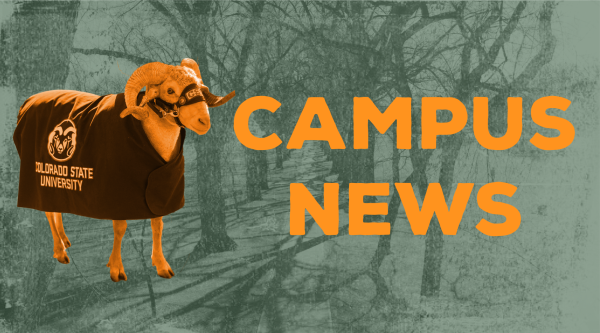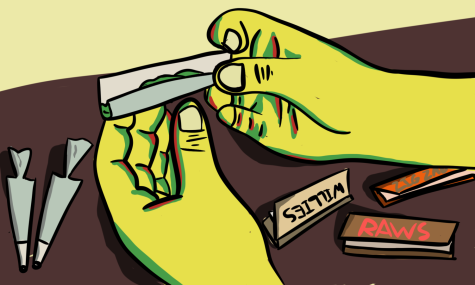Sometimes, being creative can be hard. Obstacles such as lack of inspiration, otherwise known as the notoriously frustrating writer’s block, can be discouraging. To anybody who has tried various creative processes, there are always “blocks” with inspiration. This year, I challenged myself to be more creative and write more. To help with my journey, I have been reading “Big Magic: Creative Living Beyond Fear” by Elizabeth Gilbert.
“A creative life is an amplified life. It’s a bigger life, a happier life, an expanded life and a hell of a lot more interesting life. Living in this manner — continually and stubbornly bringing forth the jewels that are hidden within you — is a fine art in and of itself.”
Even Gilbert said that while living creatively spices things up, dedicating yourself daily can be difficult. Here are some tips to help stay on track:
Ad
Use a journal
Sometimes, writing something down can develop ideas and help thoughts flow better. There are many creative opportunities that a journal can bring. You could use it for drawing, making collages or just writing down your thoughts. The more you enter into it, the more chances you will understand your own ideas and cultivate your imagination.
Go somewhere
Getting out of the normal, routine environment can open up opportunities to inspire. The act of walking somewhere and observing the surrounding environment could help spark new ideas. Go to a park where it’s quiet, a small, quaint coffee shop you’ve never been to or maybe a museum with an interesting exhibit. Getting out can help you get away from the many distractions that may be in your room. The more unfamiliar, the more likely you will be inspired. Inspiration is lying everywhere. It could be hidden in something that you would consider unlikely. The key is to explore and find the places in which it hides.
Don’t be afraid of the outcome of your own creativity
In Gilbert’s book, she mentions that when she writes, sometimes it is work. This means that she has to almost use force to write something. Other times, inspiration naturally comes — what she refers to as “big magic.” Not everything is going to be a masterpiece. In fact, Gilbert says:
“You’re not required to save the world with your creativity. Your art not only doesn’t have to be original, in other words, it also doesn’t have to be important.”
Not everything you make is going to be a masterpiece. Not everything has to be on a grand scale, either. Dare to create without worrying about the end outcome. One of the joys of creativity is not anticipating the final product. Don’t worry about not creating good material or what other people will think.
As Gilbert says, “Be the weirdo who dares to enjoy.”
Collegian Art Blogger Seth Bodine can be reached at blogs@collegian.com or on Twitter @sbodine120.
Ad







